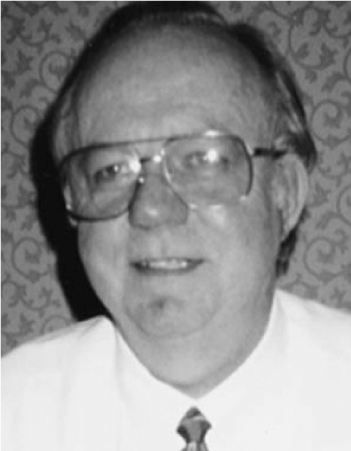AAPT Elects New Vice President
DOI: 10.1063/1.2408458
Members of the American Association of Physics Teachers recently elected a new vice president for 2002: James “Jim” H. Nelson, a K-12 science curriculum specialist for Seminole County public schools in Sanford, Florida. Nelson, who took office last month, will become president-elect in 2003 and president in 2004, succeeding Charles Holbrow, who is now AAPT’s president-elect.
“AAPT promotes association among those who contribute to the physics educational system,” says Nelson. “The shortage of PhD candidates as well as high-school teachers suggests AAPT pay attention to the system as a whole. Although pre–high-school teachers teach science, AAPT members recognize many of the topics as physics.” He adds, “As I serve my watch on the executive board, I will encourage AAPT members to support this system. This can be as simple as an AAPT member talking with local students or as far-reaching as AAPT working to provide opportunities for teachers at every level of the system to learn physics.”
Nelson earned a BS in physics with a minor in mathematics in 1960 from Lebanon Valley College and an ME in secondary education from Temple University in 1963. In 1968, he also earned an MS in physics from Clarkson University. Between 1961 and 1991, Nelson taught chemistry, computer science, mathematics, and physics at Harriton High School in Rosemont, Pennsylvania. Along with coaching athletics and acting as an adviser for extracurricular activities, he has been an active participant in professional educational associations.
In other AAPT election results, Charles E. Robertson (University of Washington, Seattle) and Deborah Rice (Gateway Institute of Technology in St. Louis, Missouri) will serve two- and three-year terms, respectively, on the AAPT executive board.

NELSON

